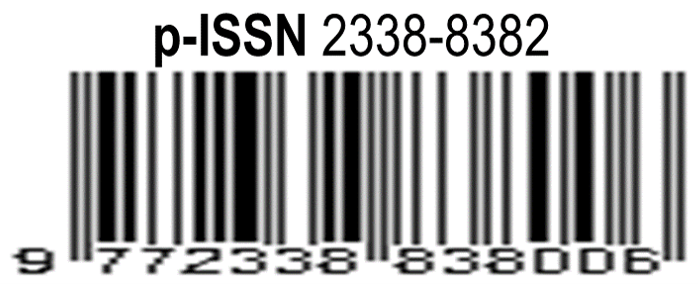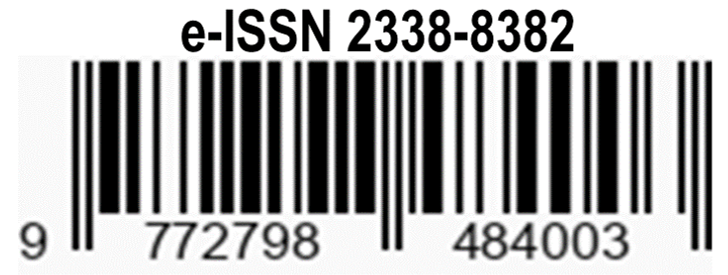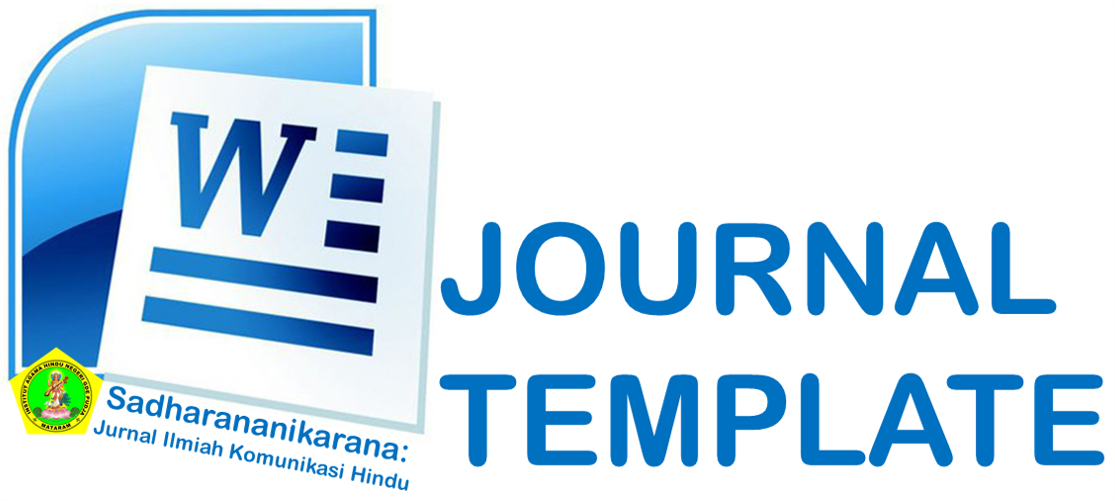Komunikasi Ideologi Penerjemahan Dalam Teks Terjemahan Mahasiswa
Abstract
Translation is a process of transfering source text into the target text viewed from the equivalent of meaning, with equvalencies, the message in the translation text will be the same as the target text. Hence, translating is not just the process of tranfering text from the source language into the target language. However, instead of ideas, translation enters compilation, he processes a translation product. The use of appropriate translation techniques also affects the quality of the translation results. This study aims to describe the ideology of translation on the translated texts of English Literature students at Bumigora University in academic year of 2017/2018. The method used in this research is descriptive qualitative. The data of this study are qualitative based on types of words, phrases and sentences containing translation techniques and ideology taken from the translated texts of English literary students at Bumigora University 2017/2018 academic year. Based on the analysis of translation techniques and the ideology of translation used in the text, the ideology used in the translation text is foreignization. It is indicated from the translation techniques used which focused on the source language, namely borrowing, calque and literal translation techniques are more dominantly used, with an average frequency of occurrence of 25% on each text in accordance with the use of techniques oriented target language that only plays 5 techniques with a frequency of occurrence of less than 10% in each text. In addition, the use of translation technique on the stundents’ text is dominated by literal translation technique (50), chalque (45), borrowing (40), amplification (4), Established Equivalence (6), adaptation techniques (2), generalization techniques (2), and particularization (1).
References
Ben-Ari, Nitsa. 2004. Ideologi and Translation.http://www.inst.at/trans /16Nr/09_4/ben-ari_ bericht16. htm.
Fawcett, Peter 1998. “Strategies on Translation” in Baker. Encyclopedia of Translation Studies. London&NewYork: Routledge:107.
Hatim, Basil & I Mason. 1997. The Translators Communicator. London & NewYork: Routledge.
Hatim, Basil & Jeremy Munday. 2004. Translation; An Advance resource. Book. Hoed, Benny. 2003. Ideologi dalam Penerjemahan. Konas Penerjemahan. Solo.
Karoubi, Behrouz. (2008). Ideologi and Translation with a concluding pointon translation teaching. Translation Directory.com.
Larson, Mildred A. 1984. Meaning-Based Translation. Lanham: University Press of America.
Machali, Rochayah. 2000. Pedoman bagi Penerjemah. Jakarta: Grasindo.
Mazi, Darja. Leskovar. 2003. Domestication and Foreignization in Translating American Prose for Slovenian Children. Meta Vol XLVIII,1-2.
Nuraeni, A., Kusumastuti, F., & Nababan, M. (2016). A translation study onschool signboards in Surakarta: Types, functions, and quality. Humaniora, 28(2),198-207.
Suryawinata, Zuchridin & Sugeng Hariyanto. 2003. Translation: Bahasan Teori.
Yuliasri, I. (2015). Students’ choice of translation techniques and quality of their translation. The 4th ELTLT International Conference (pp. 389-395). Semarang: Facultyof Languages and Arts, State University of Semarang.
Yuliasri,I.(2015).Students’choiceof translation techniques and quality of their translation. The 4th ELTLT International Conference (pp. 389-395). Semarang: Faculty of Languages and Arts, State University of Semarang.
Yang,Wenfeng, 2010, Brief Studyon Domestication and Foreignizationin Translation, Academy Publisher, Finland.





.png)


.png)






